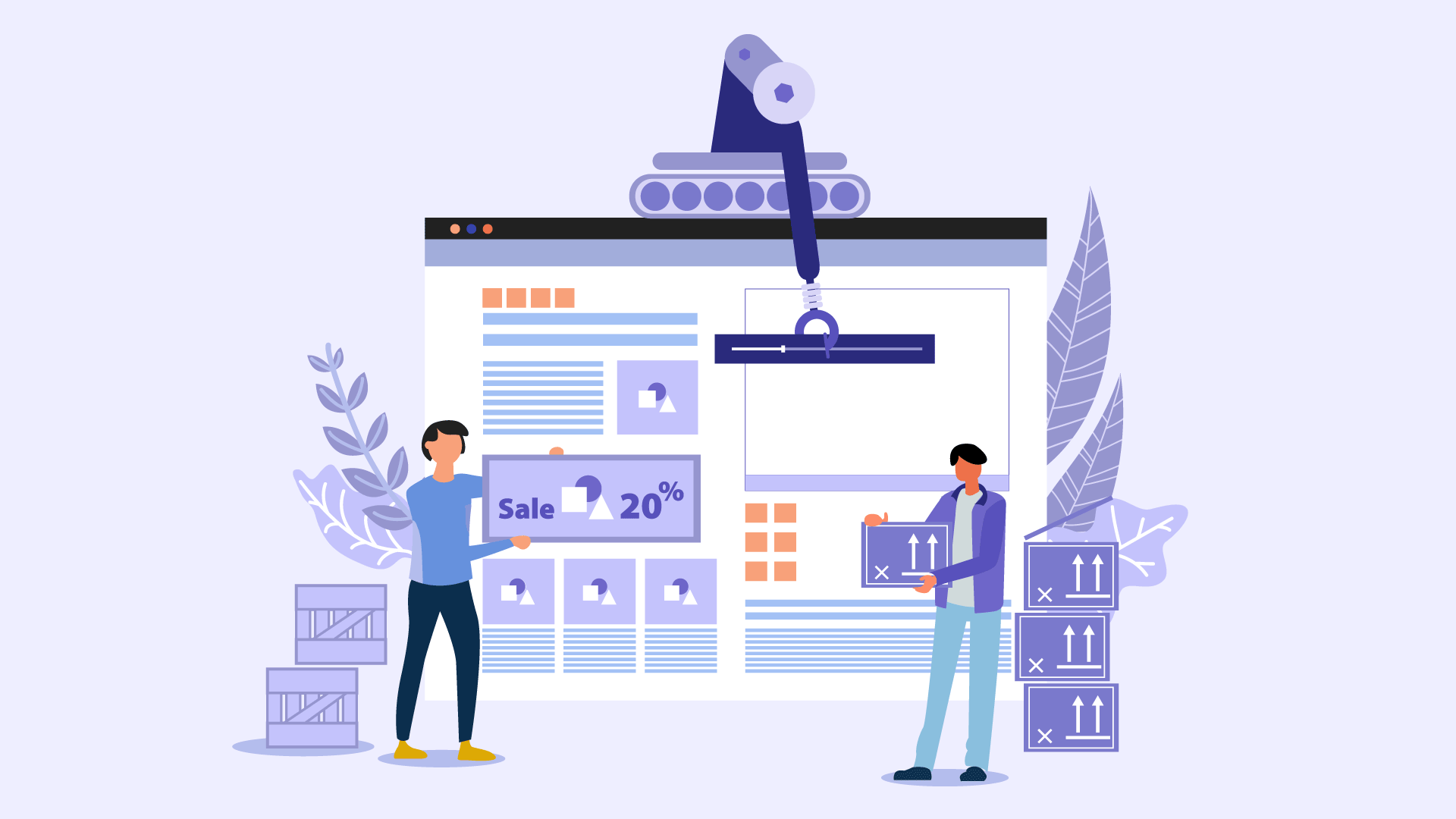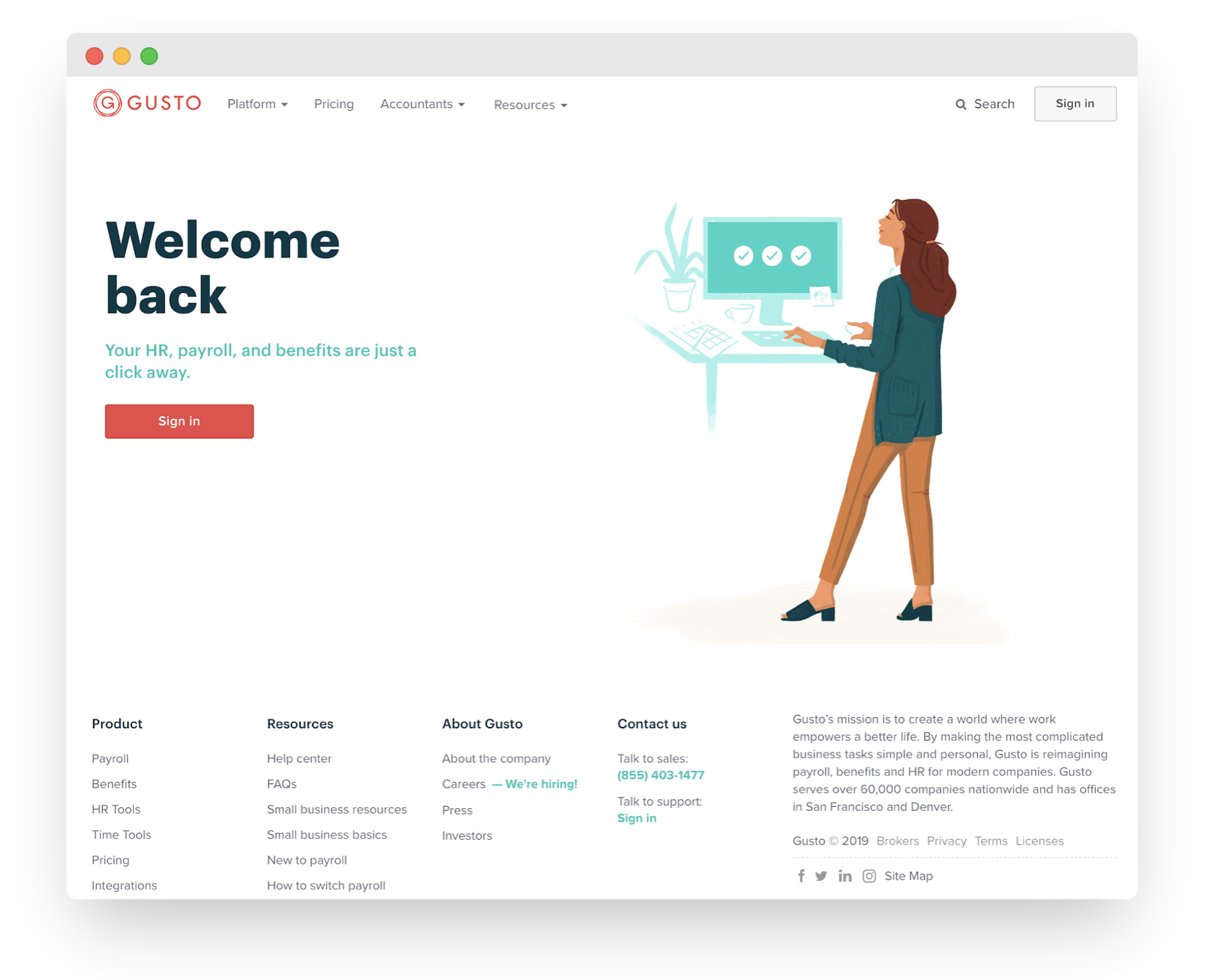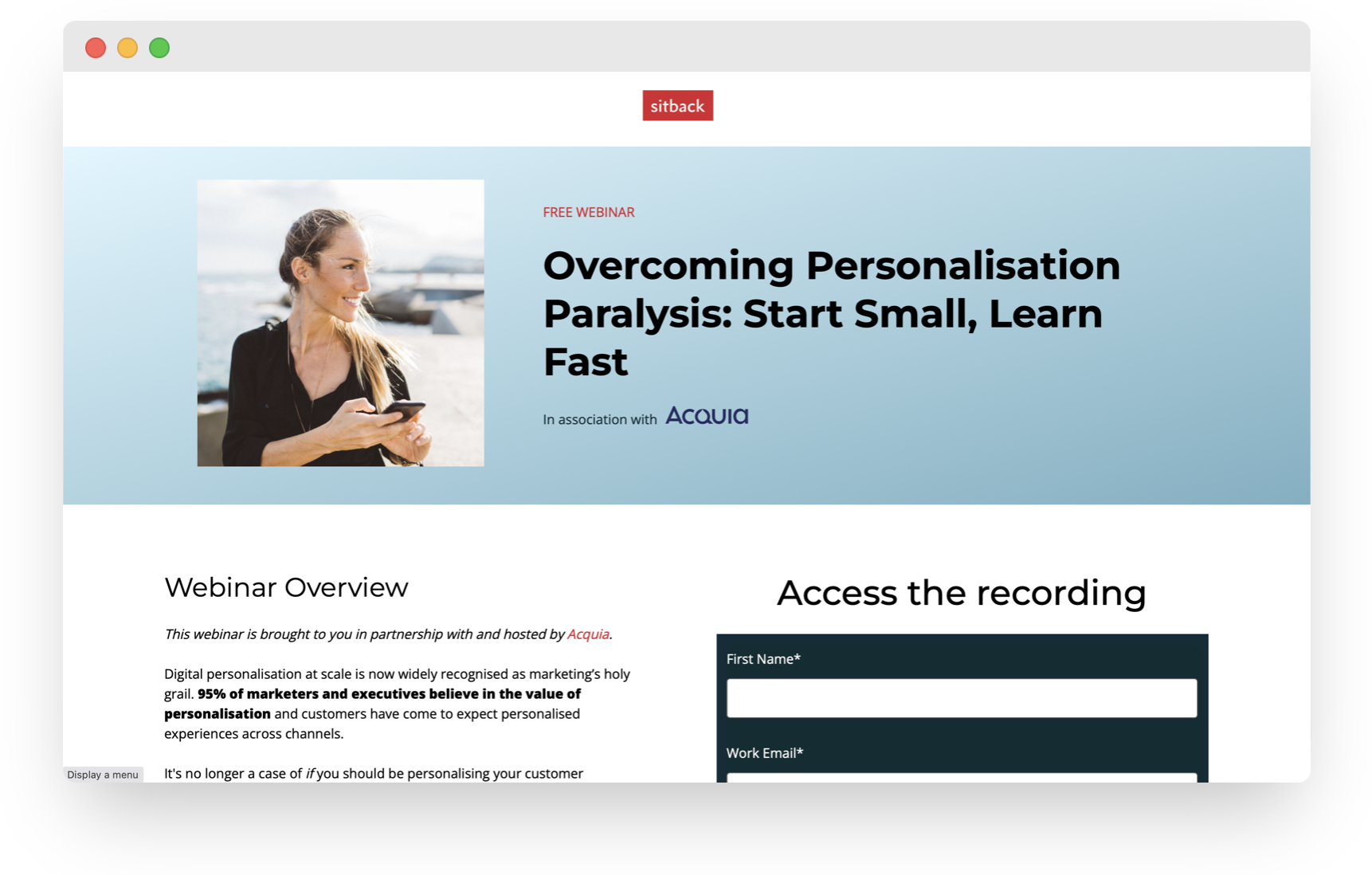Simplifying website personalisation in a competitive market

You would be hard pressed to find anyone in a digital role who doesn’t know what website personalisation means. To tailor an experience or communication based on information a company has learned about an individual is a concept that solves big problems in an even bigger online world.
But as with all good “new” tech, uptake is slow. Why? Because once you open the door and peer into the world of content personalisation, the options, decisions, and consequences begin to feel too daunting to tackle. You might not feel you have the right tools, enough resources, or enough data about your audience to make personalisation work effectively for your business. In fact, in one 2020 report, Dynamic Yield reported that while 95% of marketers and executives believe in the value of personalisation, only 6% of companies are truly capable of capturing the right data to deliver a targeted customer experience.
We get it. And because we believe there are so many businesses that will be able to serve their customers better with website personalisation, we’re about to break it down into palatable, bite sized chunks.
A closer look at website personalisation
We know what personalisation is. But what does it actually take to operationalise it and realise that sweet conversion rate optimisation?
While we encourage big plans, we always recommend that you start small when it comes to your first foray into content personalisation. Getting carried away with too many variations and flows that you don’t have the resources to track will only serve as a distraction. It’s a bit like troubleshooting. You don’t go around fixing everything you think is causing the problem at once and then test. You won’t have a clear understanding of what action you took that fixed it.
When you’re first starting out, building a personalisation at a time, or a small set, will give you the opportunity to learn fast what is working and what is not. Following the SitBack formula below will help you keep your course when building the personalisation out.
Analyse
The first step in personalisation is to collect user behaviour data. There are different tools that can be used for this, including virtually every dedicated personalisation tool, but the most obvious for those starting out is Google Analytics. Once we have a good grasp on user behaviour, we have a better understanding of how to align our goals to those behaviours in a realistic way.
Set healthy goals e.g.,
- Reduce bounce rate.
- Increase conversions or engagement.
- Grow customer loyalty.
- Increase newsletter signups, event registrations, or donations.
- Create different calls to action for different user groups.
- Reducing the time to complete a task.
Hypothesise
In order to know who to show personalisations to, you must first define segments of your audience. This segmentation can be categorised in various different ways. Segmentation could be based on behavioural attributes, such as their keyword searches or how they came to your website to begin with. Contextual attributes rely on information like location, device, or time of visit. Or a user can knowingly give you their data through an email signup, a contact form, or by interacting with a chatbot or live chat.
Define the segment by…
- Behavioural attributes: pages users previously browsed to, keywords they’ve used in searches, how they arrived on the site in the first place.
- Contextual attributes: device the user is on, their location or current time.
- Explicit: We are no longer inferring – sign ups, forms, chatbots.
Now it’s time to define your personalisation. A simple example might be promoting a physical location event when a user in that state visits your site. Or prompting a user to sign up to a newsletter based on what they’re browsing or their search query.
Some monetisations are not immediate – meaning it’s not a direct to customer transaction. Perhaps your objective is to ensure your customer feels “known” by welcoming them back to your website on repeat visits, instead of displaying a message asking them to log in from scratch like a first time visitor would see.
HR company, Gusto, shows returning visitors a friendly greeting if the website knows the visitor has logged in before.
Experiment and learn fast with A/B testing
It’s time to test your personalisation. Setup a cycle of continuous testing and improvement. For best results, implement A/B testing for each personalisation to ensure it’s having a meaningful and positive effect within its target segment. Give the testing time to gather enough data to pinpoint and disregard statistical anomalies – but don’t wait too long. The aim is to learn from mistakes, fast. If the personalisation isn’t working the way you expected, change! You can iterate at any time, until the outcomes of your personalisation are meeting the expectations of your objectives.
Watch the on-demand webinar to learn how SitBack’s Personalisation Sprints methodology can take the complexity out of personalisation for your business!
Think personalisation isn’t right for your business?
You’d be surprised.
There are two factors to this equation. The first is whether you have the right type of business for personalisation. Since the majority of personalisation happening now is in the B2C space, there’s an assumption that personalisation isn’t right for B2B.
From the simple “Looks like you’re coming from outside the UK. Redirect to AU site?” to targeted emails making recommendations based on your previous purchases. From ad campaigns based on pages viewed on your site to notifying a buyer of their ‘abandoned cart’. As a seller of consumer goods, personalisation is a total game changer for brands of all shapes and sizes.
In the B2B world, there may be less obvious – but still highly valuable – opportunities to utilise personalisation. Building relationships, trust, respect and reputation can all be fast tracked using personalisation techniques. Research from McKinsey suggests that even small shifts in improving customer intimacy creates a competitive advantage, which in turn promotes revenue growth.
The second factor is this: Can you afford not to adapt?
Jakobs Law implies that your “users spend most of their time on other sites”. This means that “users prefer your site to work the same way as all the other sites they already know”. In the online world of shopping, gamification, highly targeted ads, and social media campaigns, people are looking for experiences that resemble what they’re already familiar with. And chances are your competition has already implemented, or is looking at personalisation.
Personalisation doesn’t have to be an insurmountable behemoth task. With the right tools and support, and the right mindset, you’ll be on your way before you know it. Just remember, Start small, Learn fast. And if you need a hand, get in touch.
For more information on website personalisation, check out the other articles in our series:

